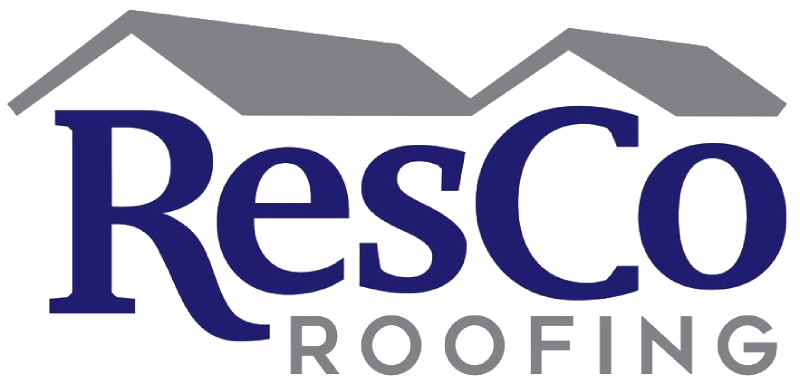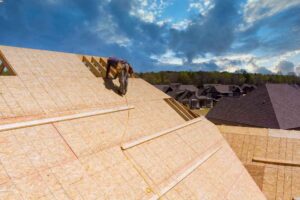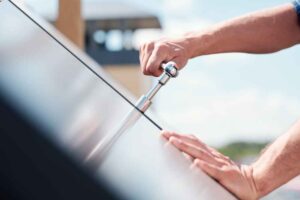Types of Residential Roofing
Residential roofing encompasses all roof services for homes and other buildings. These include roof installation, repair and replacement. The type of roof system you choose depends on factors such as climate, architectural style and maintenance requirements. There are 5 main types of roofing materials that you can choose from:
Asphalt Shingles
Asphalt shingles are the most popular roofing material in the United States and can be seen on four out of five homes. They come in a variety of colors and styles that can fit the aesthetic of any home.
They are a great choice for sloped roofs because they are designed to overlap. A waterproof asphalt cover is topped with ceramic granules that help deflect UV rays.
There are different types of asphalt shingles including 3-tab shingles and architectural or dimensional shingles. The latter are laminated shingles with multiple layers of shingle mats and come in both regular and upgraded versions. The upgraded ones are thicker and able to withstand more weather conditions than the regular ones. In addition to being easy to install, shingles are also lightweight. This means that they don’t require making structural changes to your home like other types of roofing materials can.
Metal
Metal roofs come in two styles for residential roofing: standing seam or stamped metal. Standing seam is more of a modern look, while stamped metal matches the asphalt shingles on many other homes.
Metal is very durable and a great choice for areas that experience harsh weather patterns, including high winds or hail. It also resists fire and has a class A rating.
Metal is an excellent choice for those in HOA-controlled communities. It has a sleek look and more color options than traditional asphalt shingles, and it can even mimic other roofing styles like slate tiles, cedar shakes, or redwood shingle. In addition, metal does not attract lightning as much as other roofing materials because it does not provide a direct path to ground.
Wood Shake
A wood shake or shingle roof will naturally fade to brown-grey over time, and some homeowners find this endearing. Its rugged texture pairs well with bungalow, cottage and Craftsman-style homes. In modern production, shakes are machine cut for a more regulated appearance, while shingles are sawn for a uniform surface. Both types are available in edge-grain or flat grain. The former is more stable, while the latter has a greater tendency to distort over time.
Tile
Tile roofs are heavier than shingle roofs and they can require extensive reinforcement of the underlying roof framework. This can increase the cost of installation and may prevent some homeowners from being able to install a tile roof if their home’s structure is too weak. This is not a problem with most homes, though.
Flat Roof
Flat roofs are becoming more common in homes due to improved waterproofing technology. Flat roofs (also called low slope) have a slight slope, no more than 10 degrees off the horizontal. This allows water to drain from the roof into drainage systems or scupper drains.
This type of roof is a good choice for warmer climates, but it still needs to be properly installed and maintained. If not, the water can pool and cause leaks and rot. Also, flat roofs lack the attic space that traditional pitched roofs offer.






